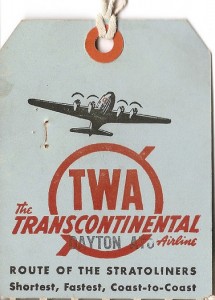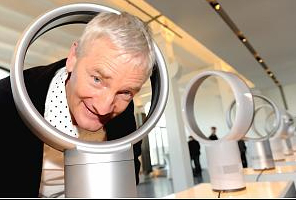
Everyone is looking to do better. To surpass last years’ results and trounce the competition.
We’re all hoping for greater returns on our investment; we’re longing for it.
As to that longing, I’m reminded of The Bookie’s Prayer: ‘Send me losers, dear Lord, a whole hapless grandstand full of them’.
There’s a heartfelt desire for you, but while some leave it all to divine intervention, you can’t.
Which is why you might want to look at your job differently when it comes to creating content.
As a marketer why skim the cream off the milk when you could be skimming the cream off the cream.
So raise your sights.
Instead of merely improving your content by increments, plan to create the most compelling, appealing and engaging digital messaging in your product category.
An approach to this starts with you asking yourself questions, questions and more questions.
So …
Are there insights you’ve overlooked when it comes to your customers? How about the customers of your competitors?
Are you digging deeper for new ideas? Are you pushing your version of your brand? Or are you focusing on your customers’ take on it and what’s important to them?
Of course, the latter should be your route.
Are there new thoughts on your product or service and the way it performs?
If so, then improvements, customer experiences and reviews can be turned into news stories with email campaigns and videos to counter your competition.
Have you squeezed every nuance of information out of your research?
Can you create a better, more accurate collage of your marketplace? Is the picture changing? How quickly is it changing? And where is it going?
Have your agency planners turned over all the stones in researching your problems and opportunities? Is everything thoroughly considered?
Lots of questions and I’m a bit breathless with them. But to help you with the above 11 questions here are 11 more.
Could your positioning reflect a greater point of difference? Could it go further to separate you from the rest?
As to that ‘point of difference’, when you conform to the ideas of your category you become the same as everyone else.
In other terms that’s called being ‘just average’.
What about your strategy? Is it conformist or is it truly creative? You’re limiting your results when you expect breakthrough content from a direction that’s pedestrian.
How about the brief to your agency? Is there enough to energize them like a syringe full of vitamin B12?
Does your brief have the kind of objectivity and thinking that helps your creative teams challenge accepted notions and change market behavior to your advantage?
Is your messaging the opposite of so many of those under-imagined, lifeless efforts out there? Is it counter to formulaic solutions? Is it enough to change attitudes?
Does your content inspire a new interest in your product?
An example of this is the kitchen cleaner, Spray & Wipe, knocking the brand leader.
New interest was created with the line, ‘Mr Sheen Prefers Spray & Wipe’ in an ad that was a testimonial from Martin Sheen.
Are there fresh ideas on integrating delivery channels for your message? Are you thinking about mobile, videos, trade show presentations, pop up events, product placement?
Does your messaging make your brand more capable of competing?
I know what you must be thinking at this point.
Questions, questions and more questions – there are more than a few here.
But if just one helps you isn’t that better than prayers, prayers and more prayers?
Share your take on marketing thinking with us. How are you developing content against your competitions’ efforts? Thanks, Steve Ulin


